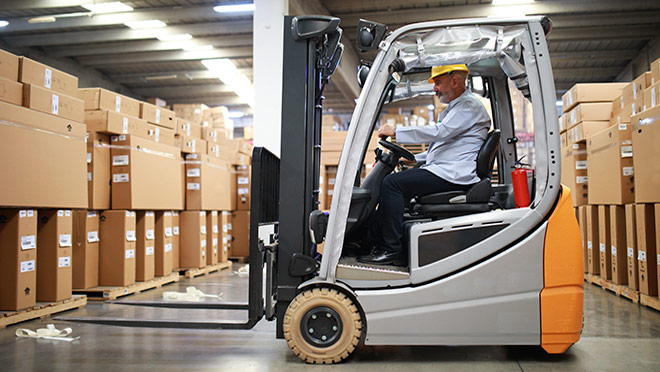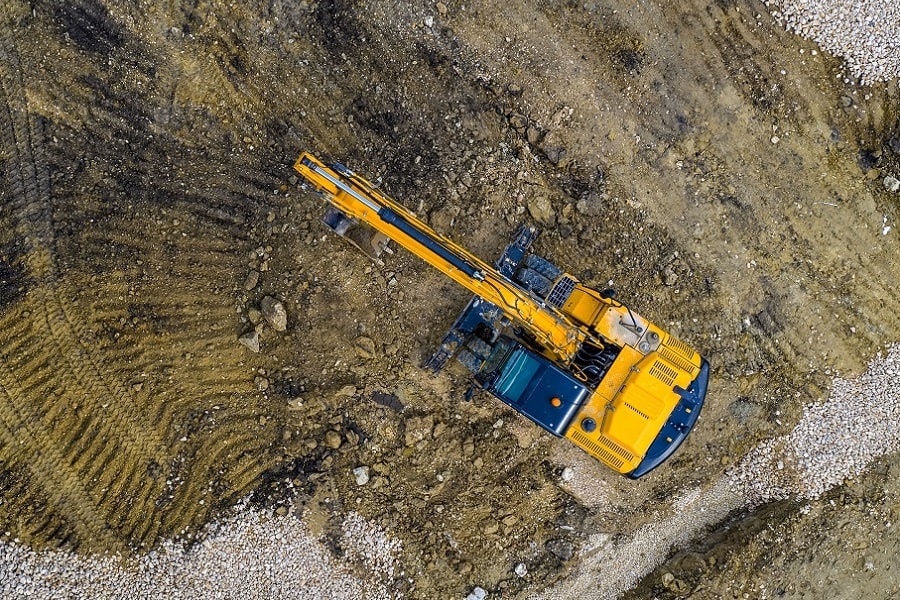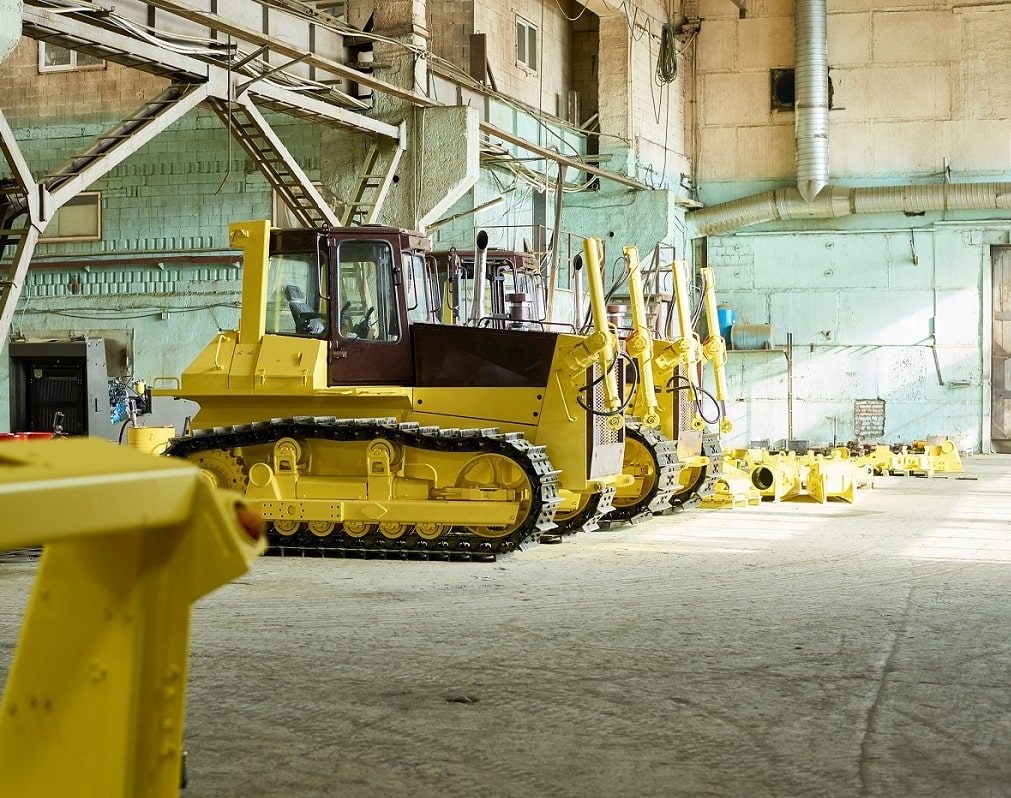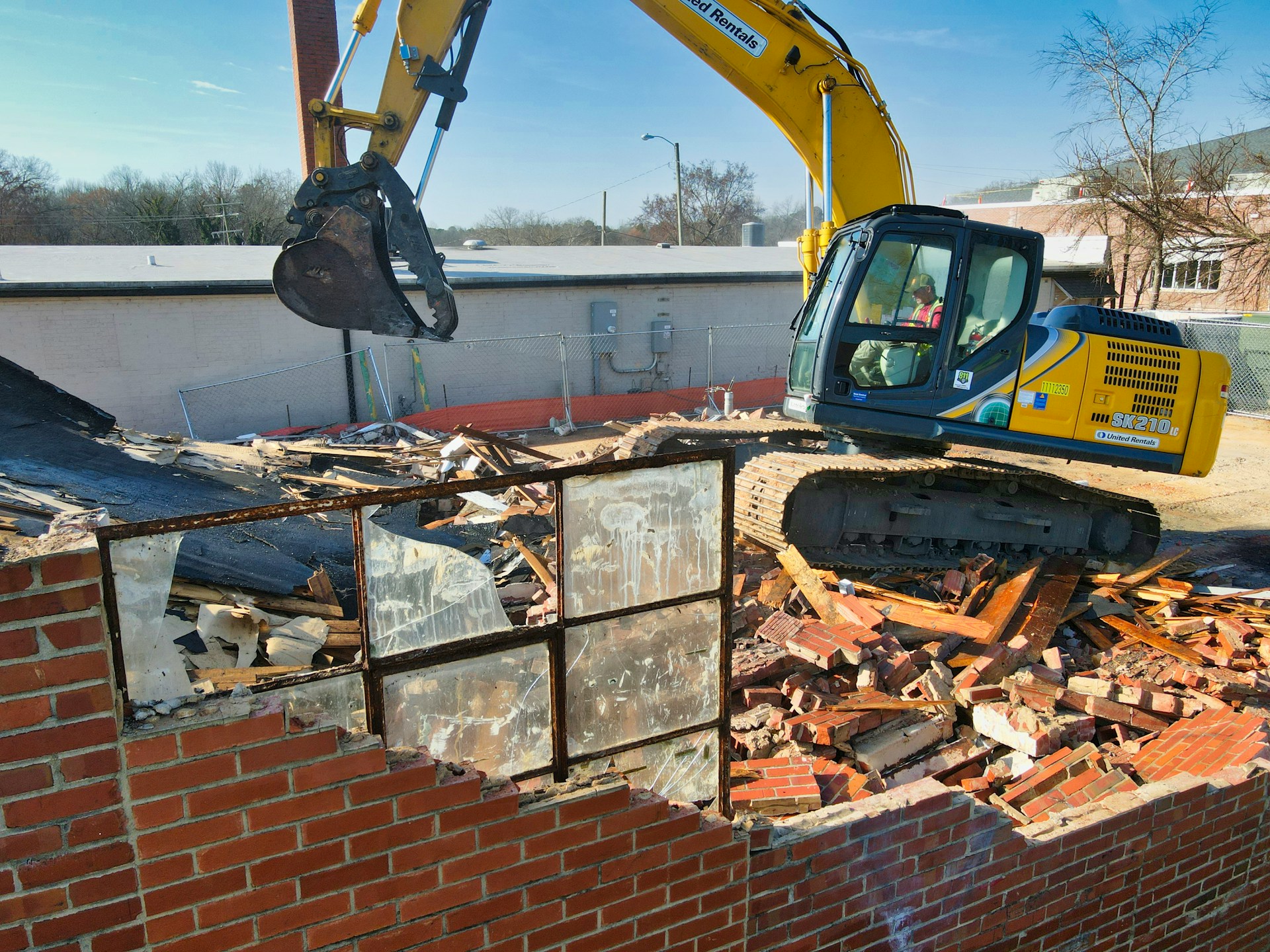Introduction
In preparation to rent or purchase forklifts (also known as lift trucks), one should know about the different classes in which they are categorized and what functionality to expect from each class. Here you can find a brief introduction to seven different classes of forklifts common in industrial applications.
Various Types of Forklifts
Class One; Electric-Powered Forklifts
Electric-Powered forklifts are equipped with cushion and pneumatic tires. The former is ideal for indoor areas with relatively smooth surfaces, while the latter is normally helpful for outdoor applications (not slippery). Generally speaking, these machines are ideal in dry and mild climates with minimal atmospheric precipitations. Electric-Powered forklifts have medium to large industrial-grade batteries powering the AC controllers and transistors of electric motors used to lift objects. A variety of powered forklifts are offered in the market, used for a large number of inventory applications such as loading, stuck management, etc.
These electric-powered forklifts are ideal for loading and unloading tractor-trailers, handling pallets, and a number of other applications in industries ranging from food storage and retail to factory and general warehousing.
Class Two; Narrow Aisle Forklifts
Users of this type of forklift are normally challenged with space limitations. They use narrow aisle forklifts designed with maneuverability to operate in tight spaces and narrow aisles to maximize space utilization, moving items through narrow aisles and access passages. They can help the users to minimize waste space needed for the operations of forklifts and increase the efficiency and speed of operations. The capabilities of narrow aisle forklifts are pretty unique to this class, not to be shared with other classes, which makes them favorable and distinctive.
Class Three; Manual Operated forklifts
These models, also known as “Walkie” forklifts, are controlled manually. Operators in these types of lift trucks use a special handle to control the lifting, loading, off-loading, and stacking only by steering the handle from right to left. They also come with batteries to help with the operations. These lift-trucks (forklifts) are ideal for the food and beverage storage industries.
Class Four; Internal Combustion Engine Cushion Tire Lift Trucks
This class of forklifts is designed for indoor use with a dry, leveled surface area. Class IV Forklifts are powered by internal combustion (IC) engines. Their solid, cushioned tires provide a smooth ride on indoor surfaces, ideal for being used with loads that are placed on pallets, moving them from the loading area to the indoor storage space.
Class Five; Internal Combustion Engine Pneumatic Tire
This class of forklifts is ideal for both inside and outside applications. Similar to class four trucks, they operate with ICs that run on diesel fuel, LP gas, gasoline, or compressed natural gas. These forklifts are known for their durabilities in outdoor sites.
Class Six; Electric/ Ic Engine Tow Tractors
These machines are used for various applications to stand out against all the other types. Those with electric engines are best for indoor applications, while the IC ones are better for outdoor sites. Its AC Drive system enables them to have quicker acceleration, high top speeds, and extended peak operator time.
Class Seven; Rough Terrain Forklift Trucks
Lift trucks in this class are equipped with large, tractor-style flotation tires powered by diesel engines, best suited for outdoor use on rough surfaces and terrains. These trucks can move and transfer heavy, bulky building raw materials in lumber yards or construction project sites.
Conclusion
We tried to identify and distinguish between seven different classes of forklifts or lift trucks commonly known in the industry. It was mentioned how each class was best suited for a certain type of application and designed and manufactured for a specific purpose. Deciding which model is best suited for your needs requires a good knowledge of the job requirements and spatial limitations. You can also contact our experts for more information and receive consultations regarding different types of forklifts and choosing the best one for your specific needs. Our well-reviewed online website provides a vast list of high-end equipment and parts to be purchased or rented.




